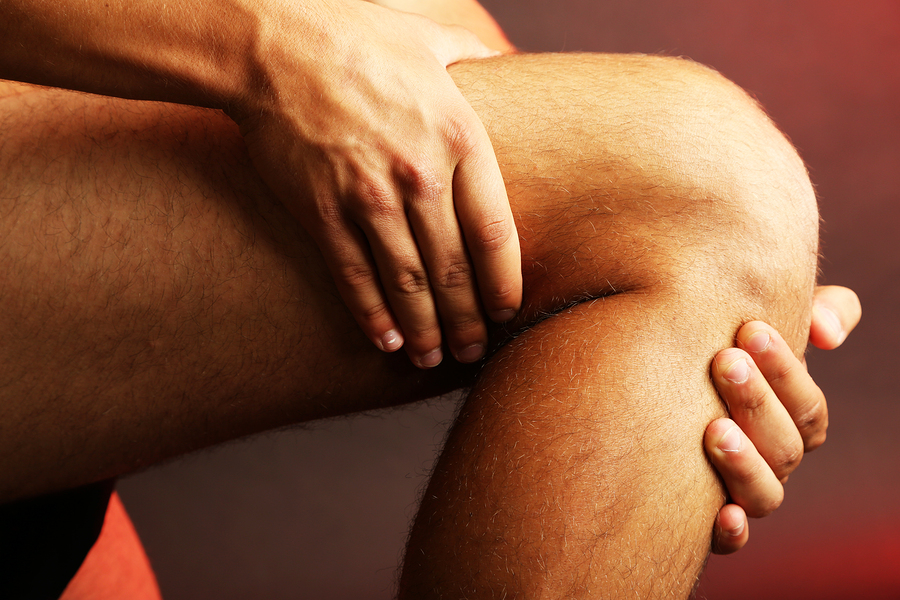 The knee is the largest joint in the human body, a complex combination of ligaments, tendons and muscles that hold together the femur (upper leg bone) and the tibia and fibula (lower leg bones). It’s also one of the most common sources of pain in the human body.
The knee is the largest joint in the human body, a complex combination of ligaments, tendons and muscles that hold together the femur (upper leg bone) and the tibia and fibula (lower leg bones). It’s also one of the most common sources of pain in the human body.
When you think about the physical burden and stress we place on our knees each day, it’s no surprise that the knee is extremely vulnerable to injury and degeneration.
This vulnerability is increased because the knee is a hinge joint, not like the shoulder or hip, which are ball-and-socket joints. The knee is designed to bend in one direction, while the shoulder and hip can rotate and move in circular motions.
I’m sure everyone over the age of 50 knows someone who has had a knee replacement as a result of an injury or gradual wear and tear. Conditions like arthritis and osteoporosis also increase our chances of experiencing knee pain.
Sports fans dread hearing about knee injuries to players on their favorite teams. Injuries like a torn anterior cruciate ligament (ACL) end seasons every day because it can take a year or more to regain peak performance levels.
In addition to trauma, knee pain is often caused by endurance training, especially running, which constantly pounds the knee joints.
Of course, knee injuries aren’t limited to athletes. Accidents, recreational activities, yard work and many tasks performed in the workplace can cause knee pain.
Many of us have dealt with sprains, strains, swelling and bruising in the knee area caused by awkward bending, twisting or falling on the knee. More serious injuries include ligament tears such as a torn ACL or medial collateral ligament (MCL), a torn meniscus (the rubbery cushion in the knee), and kneecap dislocation or fracture. Bursitis, the inflammation of the bursa sac, is most common in the shoulder but also occurs in the knees.
Osgood-Schlatter condition is little known but fairly common condition that affects kids in their early teens. Pain is caused by small microfractures to the tibial tubercle, the bony bump in the tibia where the ligament from the kneecap connects to the lower leg. This typically occurs during growth spurts and is more common in boys than girls.
Another common cause of knee pain, especially as we get older, is obesity. When we force the knees to carry additional weight, we accelerate the deterioration of not only the knee, but all of the joints in the lower half of the body – the hips, ankles and feet.
People who live sedentary lifestyles – a lot of time on the couch or in front of the computer with little exercise – are often as susceptible to knee pain as athletes. When you’re not active, it doesn’t take much to overexert yourself. As I’ve said in a previous post, sitting can be as unhealthy as smoking.
It important to see a doctor if you notice:
Diagnosing the cause of knee pain and the severity of an injury or degeneration begins with a full exam and x-ray, and may require an MRI, which provides a more comprehensive view of the knee area.
Treatment of knee pain depends on the individual. Resting the painful knee is critical. Treatment may include icing, compression (wrapping the knee), physical therapy, massage and acupuncture. Extreme cases may require surgery or full knee replacement.
If you have knee pain accompanied by any of the characteristics listed above, please come see us at Natural Healthcare Center. Instead of simply covering up the symptoms, we’ll find out the cause of your pain and develop a personalized treatment plan that considers the entire individual, not just the knees.